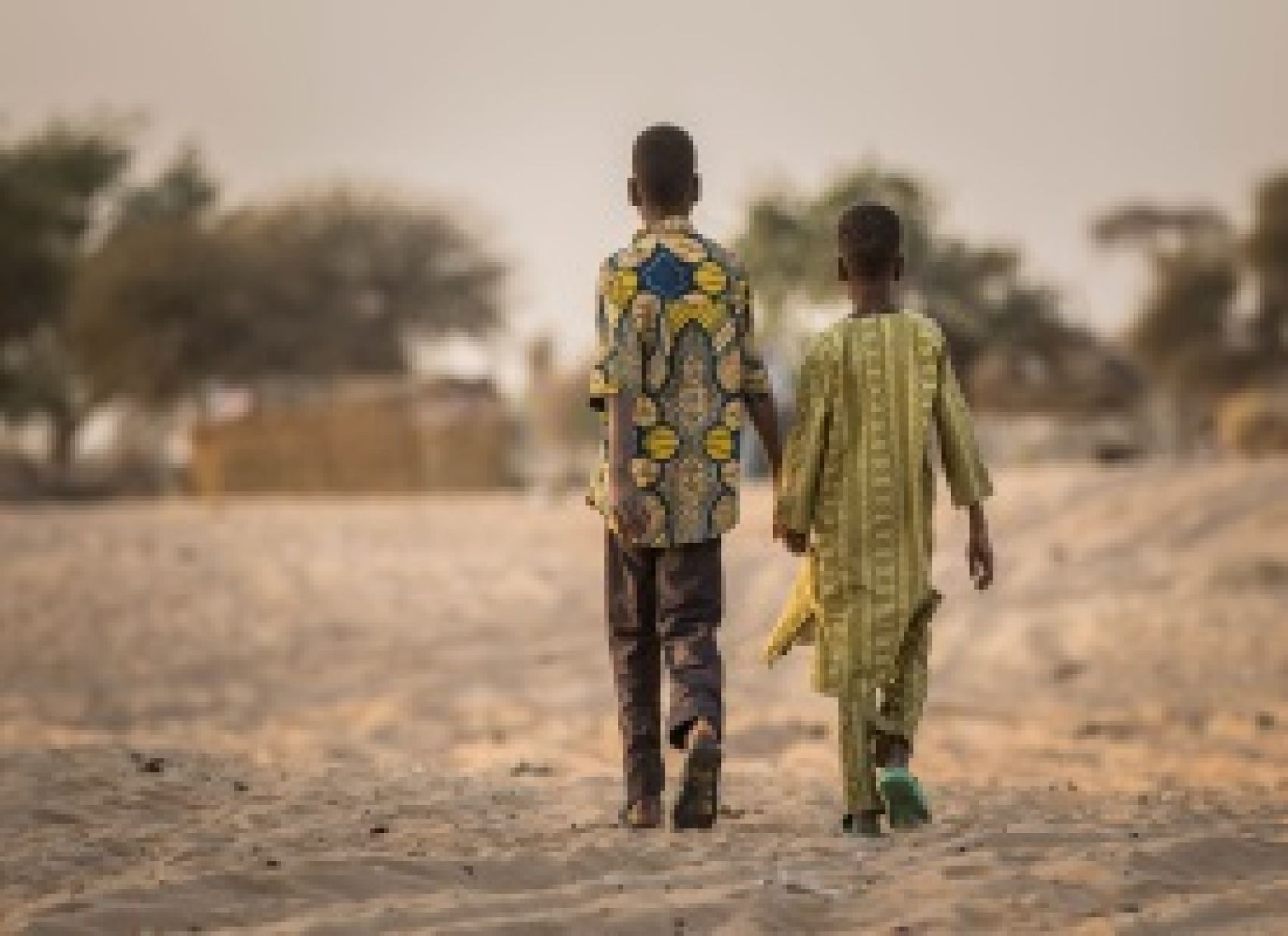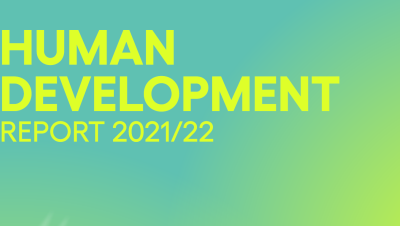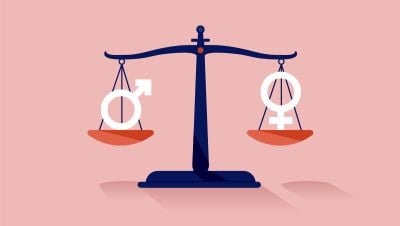In a recent dialogue, members of civil society and governments explored the practical and political steps to leave no one behind through the experiences of those who are excluded.
Sarah, a 16-year-old from Chicago, USA, asked the decision makers around the table how it was possible that she and her siblings were abandoned and suffered physical violence for six years without anybody raising the alarm to help them. They were neglected by the (under resourced) social services, the government, the neighbors, the hospital employees and even their own family. She was “left behind”. To her, what is even harder than the five years of lost schooling or the trauma caused by the abuse, is trying to understand why nobody cared.
The 2016 Human Development Report (HDR) recommends putting in place “national policies to care for those left out”. The choice of the word care is very significant to us, SOS Children’s Villages International, an organization that strives to provide a caring environment for every child. Caring is the difference between nurturing and mere survival, development and human development, between numbers and the people behind them.
Rooted in Sarah’s appeal to humanity and building on our first-hand learning from children “left behind”, we provide some reflections on the new 2016 HDR.
If we are to achieve human development for everyone, we need to find those groups that we are not even aware we are leaving behind. There are two levels of exclusion: those that we know are marginalized, and those we don’t even think of. A key group in that last category are children without parental care or at risk of losing it. Children, like Sarah, who grow up outside a caring environment.
The 2016 HDR points out that “determining which lines of disaggregation are needed to reveal inequalities along particular dimensions can be difficult without already having some understanding of society’s processes of exclusion and marginalization”. This is indeed a problem when we seek to design policies to reach those groups.
If it takes a data revolution to properly track SDG progress and leave no one behind, we need to start considering what new data and methodologies we need to fully understand people and the communities they live in.
There is substantial research on how the family structure and parental relations at the beginning of life affect the development of a person and societies more broadly. Article 20 of the Convention on the Rights of the Child states that: every child has the right to a safe family environment which protects their best interests. Nevertheless, there is very little data on how these basic collective capabilities are supported by policy.
On one hand, the exclusion of children without parental care is linked to gaps in data collection and analysis. One example is that of household surveys that fail to capture millions of children living outside of family care, who remain invisible to the State. The 2016 HDR rightly points to the need to ensure that surveys target the individual rather than the household if we are to include those most excluded.
On the other hand, there is scarce knowledge and underreporting on the reasons leading children to be outside of their family care. Orphanhood is only one of multiple factors that would deserve to be explored in analyzing human development progress. Contrary to popular belief, many children living outside of family care, including in orphanages, have one or both parents alive. Likewise, children also grow up outside of a caring environment in developed countries too. SOS Children’s Villages International has been running programs in most European countries and North America for almost 70 years, and demand for our services continues to grow.
Moreover, the quality of care provided is as important as the quantity of services available and their beneficiaries. Perception surveys can be a useful tool to measure this. For a child, having a consistent and committed caregiver is as important as food and shelter. Adulthood is affected by how we fared in childhood and adolescence. This question is key to the sustainability of our investments and policies; it is key to human development: Sarah survived 5 years of life without care, but what kind of life did she have, or will she go on to have?
The 2016 HDR indirectly touches upon some of the reasons why these children are left behind, such as the erosion of social fabric and our collective capabilities as societies. But in our opinion, one important piece of the puzzle is missing and needs to be addressed: the right to grow up in a caring environment.
The HDialogue blog is a platform for debate and discussion. Posts reflect the views of respective authors in their individual capacities and not the views of UNDP/HDRO.
HDRO encourages reflections on the HDialogue contributions. The office posts comments that support a constructive dialogue on policy options for advancing human development and are formulated respectful of other, potentially differing views. The office reserves the right to contain contributions that appear divisive.
Photo: Vincent Tremeau © SOS Children’s Villages International


